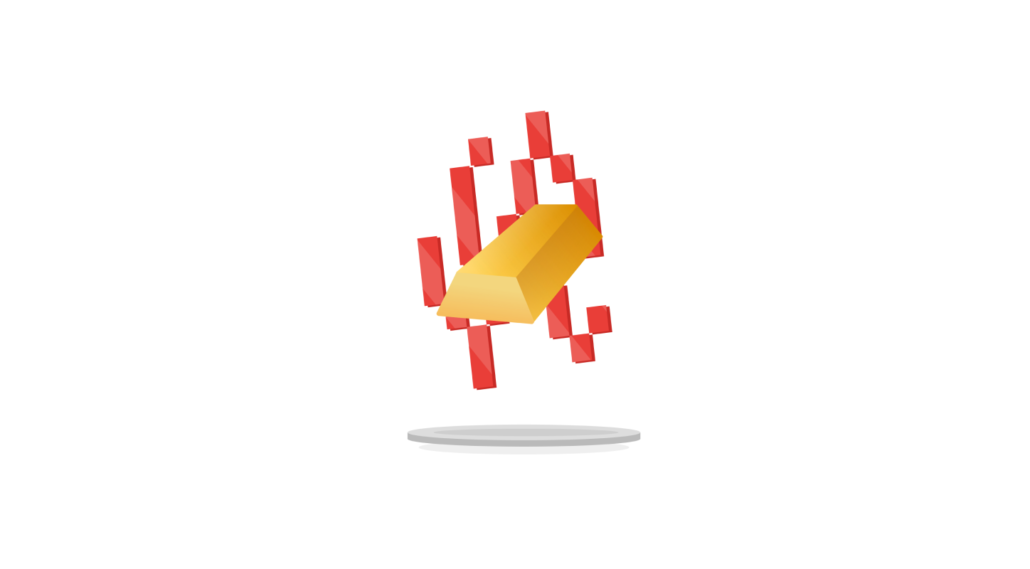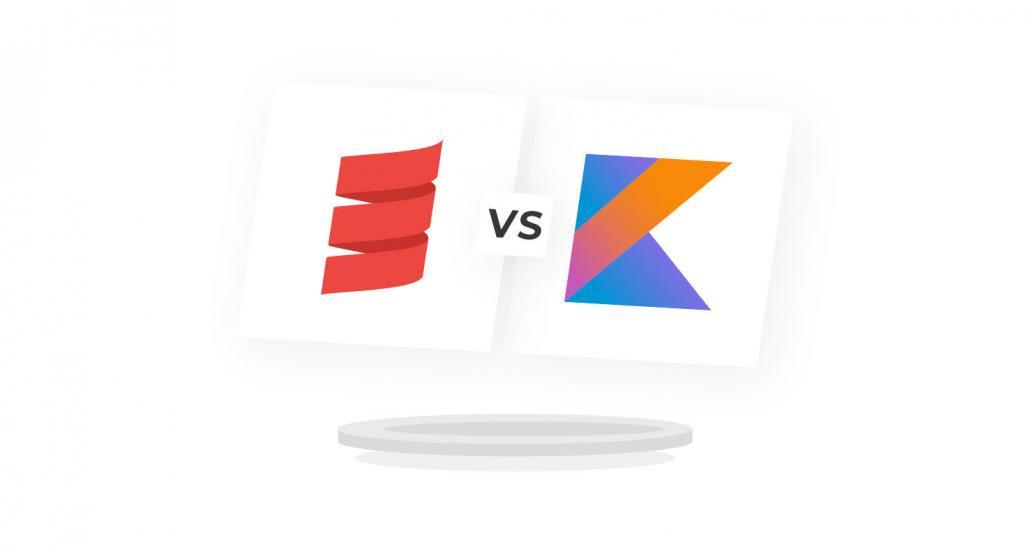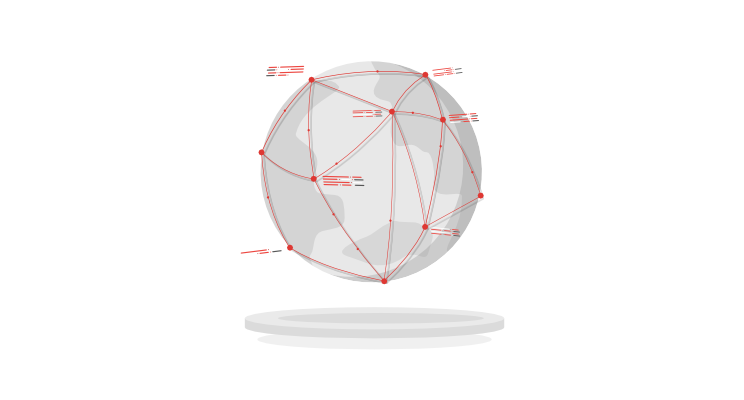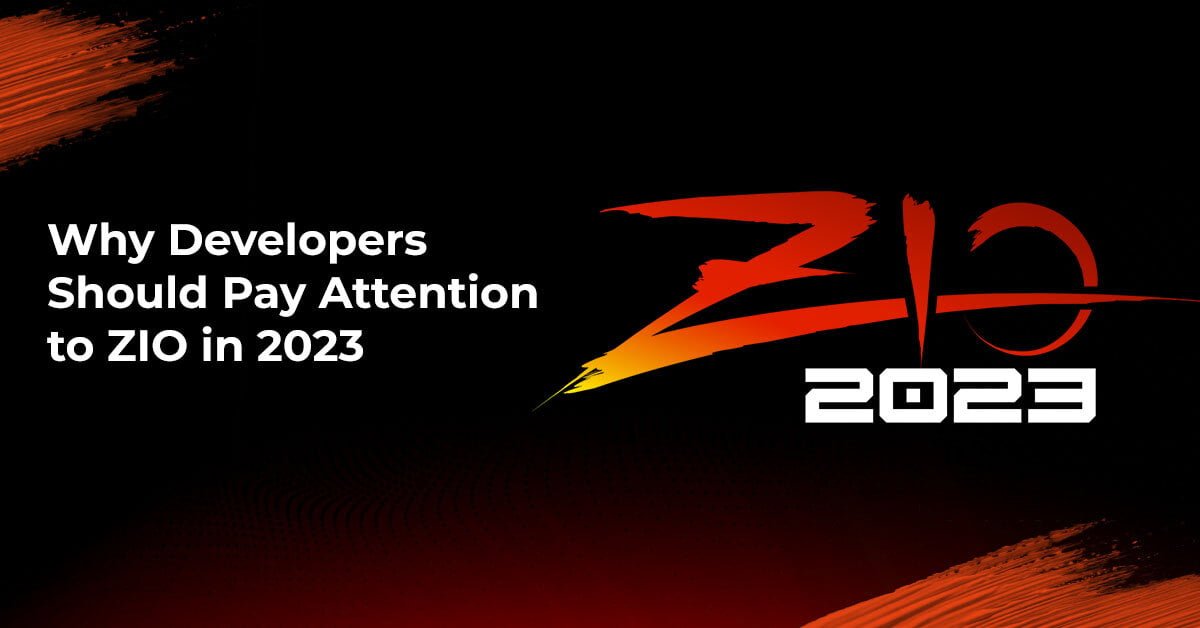
What is the tokenization of gold and why does it matter?

Gold is back as a currency, and it’s getting more popular.
Gold is one of the oldest methods of payment or to gather one’s financial capital. Now, in the face of a global pandemic and looming threats that “the worst of the financial crisis is still ahead of us”, it is gaining significance again as a replacement for unpredictable stocks. Since July 2020 there has been a rush to invest in gold, and about half of surveyed Americans were seriously considering purchasing this metal. Some challenger banks have responded to the increased demand with a simplification of procedures for willing buyers. But investors are increasingly looking at blockchain-based tokens too.
Why gold has gained popularity throughout history
It is rather heavy in its physical form, but it is resistant to corrosion or reactions with other common chemical substances (such as water or air). It can be impacted only by aqua regia or a cyanide solution, and it does not get tarnished in comparison to silver – another metal that used to be popular in terms of payments.
Gold is also the most ductile in comparison to all other metals, which makes it easy to give it any form and divide it into as many parts as desired. Another important factor is its rarity – it is rare enough to be valued highly, but not so rare as to be impossible to find.
Currently, gold is not connected directly to any monetary system in the world, but it is popular as an investment material. Since it needs to be physically mined, it is impossible to artificially increase its supply – governments cannot just multiply it like they do when printing extra currency.
And that is why investing in gold is becoming increasingly popular. But it does not necessarily mean dealing with banksters or hedge funds. Investors can increase the value of their assets by investing in… tokens.
What is going on right now with gold and tokens?
Right now, with blockchain-based currencies (such as Bitcoin or Dogecoin), the trend of moving away from fiat ones is exploding. In April 2021, one Bitcoin was valued at $50,000-65,000. It remains volatile though, as the prices fluctuate strongly based on current events. More importantly, with Bitcoin, Dogecoin, or Ethereum showing that the financial future can be more inclusive for anyone willing to participate in it, many people have started taking a closer look at digitizing their investments.
Digital cryptocurrency can help back up real-life assets
As a result, asset tokenization is on the rise. It operates on the premise that all real-life tangible and intangible assets can be converted into digital tokens representing them. These can be further split into fractions, meaning that everyone can own a part of the asset they are keen on without possessing a large financial capital. What’s more, the asset’s value corresponds to their real-life counterpart, regardless of its kind, which means that it is more stable than a volatile cryptocurrency. It is just like “normal” investing, except that all data is saved in the blockchain.
Safety of data is on the spot
Blockchain-based technologies ensure that all transactions are safely recorded. No documents here can be falsified since all data is immutable – it cannot be modified by any person. By selling tokens in this way you get the money and the buyer gets a token that will not easily change its value.
Less costs, more effectiveness
This technology also makes it easier to automate processes and provides increased visibility and transparency of operations, without having to spend extra fees on software, banks or intermediaries. When investing traditionally, those costs could accumulate quickly, plus there are formalities required to invest in gold, silver or real estate. They could require having a professional verification check of the transaction-related documents, but also the eligibility of the investor, their financial status, and so on. Blockchain minimizes these issues with its safe and immutable records.
As a result, over $544 trillion worth of assets across the globe could become tokenized sooner or later.
Investing in digital gold
In the face of digital possibilities opened by tokenization, some people are deciding to digitize their real estate or even Tweets in order to gain more money. Not everyone is ready to invest in such innovative assets, though. Some are looking at blockchain-based technologies as a means of investing in goods without having to sign multiple agreements or undergo difficulties with various intermediaries, such as lawyers or banksters. But they still want some stability. Meanwhile, Bitcoin is too volatile and the value of fine arts you cannot even own physically is too intangible.
The solution for investors who are open to trying out blockchain but remain conservative in their choices is tokenization of Gold. As mentioned earlier gold, not only is it one of the oldest currencies in the history of the world, but it is still highly valued.
Physical gold creates physical issues
Investing in digital gold also resolves a variety of issues tied to physical gold ownership. As opposed to traditional procedures required by banks and law, blockchain does not require too many formalities. At the same time, due to its immutability, all investment data is safely recorded and cannot be subject to change.
Gold is heavy
Another issue related to purchasing this metal used to be its size and weight. It is not something that can be hidden away in a sock or an old box – there’s too much risk it might fall prey to thieves. Even if there’s insurance covering potential thefts, it might not be sufficient to protect more valuable items – and gold surely counts as one of them. Storing it in the form of jewelry can also be risky since it is easy to lose small pieces of it and some emotions can be tied to them, especially if they were gifted.
Bank safes are not that safe
Most of us have an internal image of tons of gold bars hidden away in bank safes. It is certainly a solution, but one that is mostly available only if the investment is made through a bank. And even then many people worry that banks will not be completely resistant to a global financial crisis and might cut off access to gold in the case of a shutdown. In some countries, banks’ safe boxes are not protected by laws either, which means that if anything gets stolen from them then the customer might lose the investment of their lifetime.
Private vaults – private issues
In response to these issues, a rising number of private vault operators worldwide has been noted. But trusting them is not that easy. If the entity goes bankrupt, all the gold could disappear or be used to pay off the company’s debt. If we decided to store it in a remote location outside the country, it might be difficult to get it back before it goes away. Not to mention that the actual storage is expensive too, in addition to the costs of purchasing gold.
Digital gold brings solutions to storage issues
As you can see, the purchase of gold might seem to be a safe investment in terms of its value, but difficulties with finding proper storage might be stressful. It is no wonder that blockchain-based gold investments are attracting increasing interest. Not only are professional investors taking a closer look at this idea, but also beginners who do not have enough financial capital to buy bars of gold but would like to start investing. The fractionalization of digital assets helps with this, as people can choose to own only part of a particular asset.
Blockchain is available 24/7
In comparison to investment in stocks, metals such as gold give investors more confidence against the uncertainty of the global financial world. The blockchain is open all the time – 24/7, be it a weekday, weekend, or a bank holiday. It does not require access at a certain time (unlike stock exchanges, which operate for specific hours), it is not controlled by hedge funds, and it is accessible via the Internet, which is becoming a common commodity. Therefore, the blockchain is very inclusive and democratic.
There are some risks, though
However, as with all investments, there are also some risks associated with digital gold. First of all, despite having all the smart contracts and transactions recorded in the blockchain, you need to be able to prove your ties to real-life assets. This will be useful if something happens to the place they are stored in – such as theft or a natural disaster. An example of such proof could be a physical certificate of ownership from the seller, which might be enough but it would be good to confirm that with a professional lawyer.
Another risk is that nobody knows what exactly will happen if investing in gold is made available to the masses. It enables inclusiveness and democratization on the one hand, but on the other, it might cause a decrease in the value of the metal, with investors multiplying their fractionalized shares.
What are the existing gold-backed tokens?
Still, gold-backed tokens are on the rise, entering new markets and providing more people with the opportunity to invest their smaller or larger fortunes in something that is considered a stable currency – and that is not going to change for a little while.
Example gold-backed tokens include:
- Tether Gold (XAUt)
- DigixGlobal (DGX)
- Meld Gold
- Perth Mint Gold Token (PMGT)
- Gold Coin (GLC)
- PAX Gold (PAXG)
Tokenizing gold from a technical point of view
These days every entity, from your local store to the national airline, seems to have its own loyalty program. The scheme is simple: you gather points, and you convert them to certain rewards. Tokenizing an asset could be compared to that action exactly – it’s about issuing a blockchain-based token that represents a real-life entity, whether it is gold, silver, or a painting.
What comes first in the process of tokenization of gold?
Important first steps on your way to tokenize gold include:
- Having a business plan. What do you plan on doing with the assets, how will they function within the tokenized platform and how will they be stored in real life?
- Preparing documentation on the token, its use, and the platforms that utilize it.
- Covering your legal bases, both concerning the real-life assets, as well as their digital equivalents in the network.
What does the tech setup of the token digitization include?
- Smart contract generation. Every token consists of smart contracts that determine its attributes and functionality, as well as codify rules related to it. In addition, a dedicated workflow smart contract can be created, i.e. in order to provide future possibilities of token expansion.
- Selection of a blockchain network. Do you want to deploy your assets in a public or a private network? Your decision in this matter will impact the future scalability of your platform, as well as its privacy and interoperability.
- Preparing a Minimum Viable Product. There’s no better way to find out whether your project will work than testing a smaller-scale version of it. Think about the basic features that you are able to build in and provide to the users in order to get feedback. It’s also a great way to understand the weaknesses and strong points of your future product across various areas: i.e. finances, user engagement, or cybersecurity.
It is important to show up to the investment party on time
With the rapidly growing popularity of blockchain, we are experiencing a transformation of finances. Many investors want to participate in it. The issue is that they are not wizards, unlike Gandalf who is never too early or too late but always arrives on time. Meanwhile, getting on the boat too early in the transformation process can generate losses (the most famous example includes the dot-com bubble), but being too late to the party can also be detrimental to one’s wealth.
That is why for some gold is an excellent choice, despite the associated risks. It is available in digital form, which allows it to benefit from the blockchain, and it has backed people’s wealth multiple times during various financial crises, never losing out on its value against fiat currencies. It is tangible enough for conservative investors who like to know what they are investing in but also saves the trouble of having to store real-life gold bars or coins.











